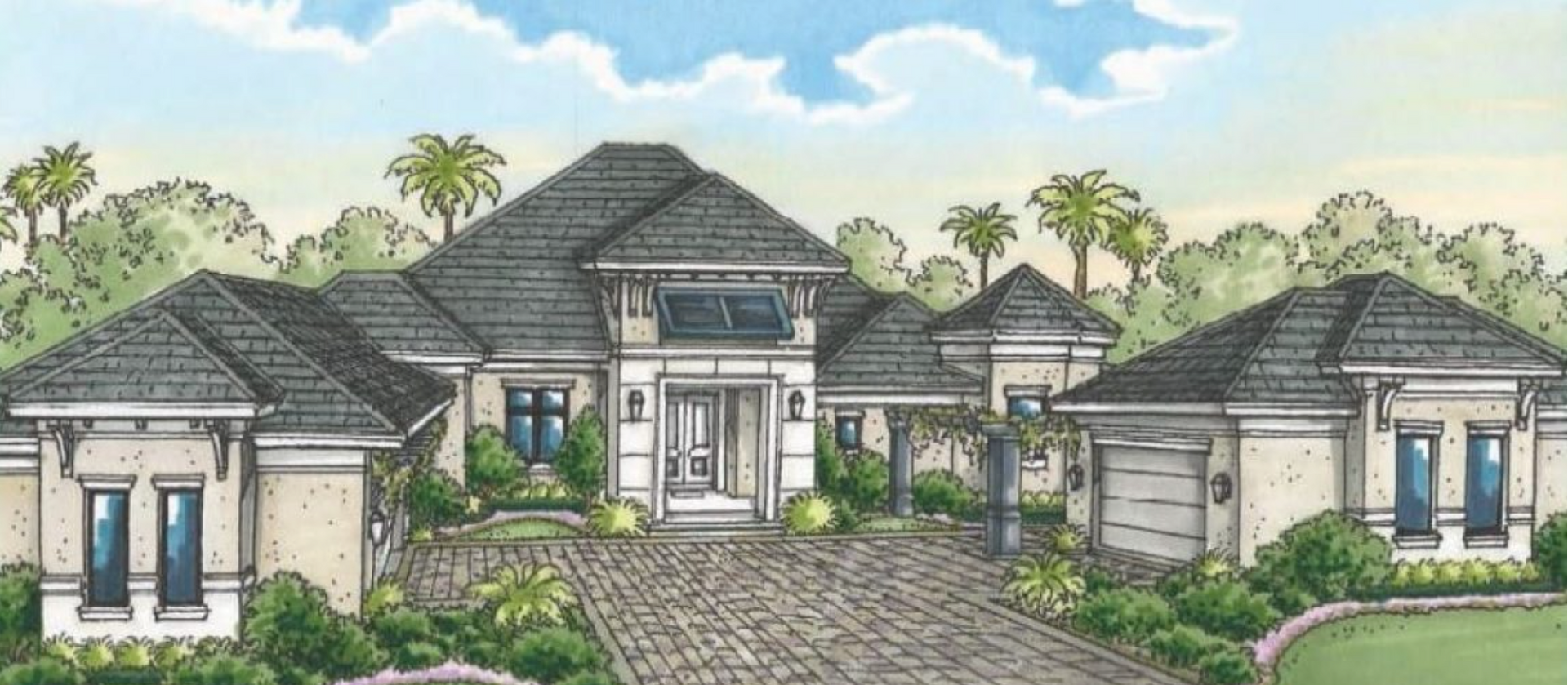Steps To Follow When Building A Custom Home

Have you pictured yourself in your dream house? Everyone is excited about moving to a custom home, but the thought of building it is less appealing. While there is a series of crucial steps to follow, having an overview of the process will make sure that things go as planned. Here are the steps that should be part of your custom home building checklist:
The Planning Stage
Just like any project you want to embark on, you need to have a definitive plan, which will serve as your road map. Without a plan, you can get lost in the middle of the building process. Even if you are only starting to think about the idea of building a custom home, you should have a checklist ready, so you will know the steps to take. The planning stage should include making a budget, determining the realistic timeframe, and searching for a suitable location for your custom home.
Setting your budget: Knowing how much you are willing to spend is essential in building your custom home. You cannot move on to the next process, which is deciding the size of your home without setting your budget. When deciding your budget, you should factor local fees and taxes, the cost of the land, home construction, design and engineering fees, landscaping costs and interior decorating into it. You will also need to set aside a contingency budget as additional fees might come up.
Since you already have an idea of how much you are going to spend for your custom home, taking out a loan is one way to meet your financial needs. Start by reviewing your credit report. Are you eligible for securing a loan? If the answer is yes, then you should proceed with speaking with lenders so you can explore various options regarding interest rates. You should also check mortgage options, so you will know which ones work best for you. A down payment is also essential for this process.
Set a realistic timeframe. As much as you want to move in right away, some factors may get in the way. You need to include them in determining your timeline. These questions will help you to become more specific and realistic with your timeframe:
- Are you expecting a new baby?
- Will the school year take effect on your chosen move-in date?
- Are you waiting for the end of a lease or the closing on your existing home?
Choosing a piece of land: You will need to select a suitable location for your custom home. Some factors will influence your decision, such as the size of the lot, access to resources, flatness or slope of the land, the closeness of neighbors, style of houses in your neighborhood, and the privacy of the location. It is best to talk to a professional such as a general contractor or architect so that you can make a sound choice.
The Designing Stage
The custom home design phase is perhaps the most exciting stage as you get to conceptualize your vision of the perfect home. Being tempted to follow your existing home’s layout is normal, but thinking outside the box will open more design opportunities. Think about everyone’s needs. Your current home might be built on your specific needs, and those may or may not change. Be specific about the features like countertops and doorknobs. Know the type of heating and cooling system you need for your rooms. These questions will show you the clearer picture:
- How many bedrooms and bathrooms do you need?
- Do you have any restrictions regarding the size of each room?
- What architectural style do you have in mind?
- Are there aspects of your lifestyle that you want to reflect in your custom home?
- Do you have any specific structure feature that you want to be included in each room?
- What are your style and design preferences?
Monitoring Stage
Next to the designing stage is the assembling and monitoring of your team consists of an architect, contractor, and interior designer. Once these key people have assembled, you should also monitor the building process, which includes securing insurance, permits, making payments, and performing routine inspections. You can move in once you are done cleaning up your new custom home and landscaping your lawn.

Florida Lifestyle Homes has been building high-quality custom homes of exceptional value in Southwest Florida since 1993. Our commitment to excellence, attention to detail and a dedication to service has made Florida Lifestyle Homes a premier Southwest Florida custom home builder. The experience we’ve gained has earned us many awards and a strong reputation as one of Florida’s most respected custom home builders in Naples, Marco Island, Babcock Ranch and Fort Myers, Florida.
Quick Links
Florida Lifestyle Homes, INC. © 2023
Developed by Buildertrend